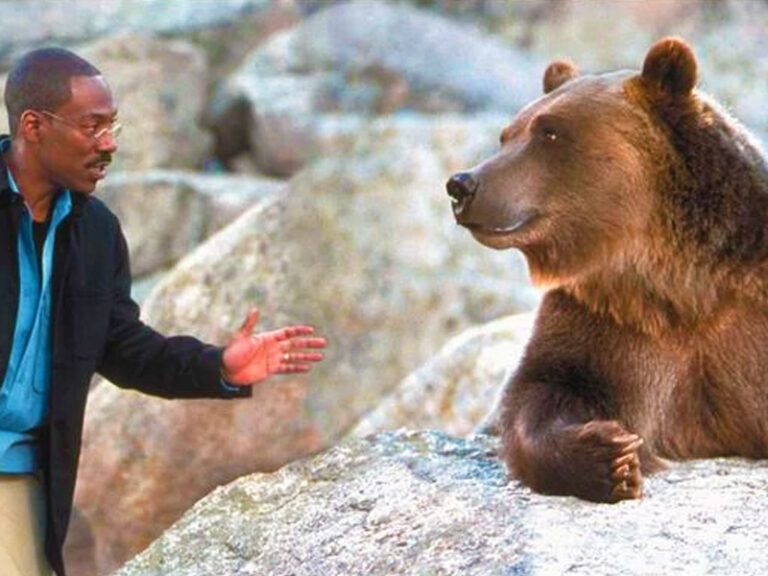
AI-based Translator for animal sounds
Jungle Book and Lion King used to light up our childhood and today that dreamy world maybe a reality soon.
Researchers are using drones, AI, and digital recorders to create a “zoological version of Google Translate.” The world around us is vibrating with sounds we cannot hear.
Bats chitter and babble in ultrasound; elephants rumble infrasonic secrets to each other; coral reefs are aquatic clubs, hopping with the cracks and hisses and clicks of marine life.
How are we able to talk to animals?
We were completely unaware of these noises for generations.
However, as technology has improved, so has our ability to listen. Drones, digital recorders, and artificial intelligence allow us to listen to the sounds of nature in previously unheard-of ways today.
Technology is revolutionizing scientific study and creating the enticing possibility that one day soon, computers could enable us to communicate with animals.
In ecosystems across the world, from rainforests to the ocean’s depths, automated listening posts are installed, and scientists have been able to attach microphones to creatures as tiny as honeybees thanks to advances in miniaturization.
According to Bakker, the author who wrote the book “Sound of Life”, when used together, these digital tools “work like a planetary-scale hearing aid: allowing humans to see and analyze nature’s noises beyond the limitations of our sensory capacity.”
It would be challenging to manually handle the volume of data generated by all these recording devices.
To sort through the massive amounts of recordings and search for patterns that might shed light on animal communication, researchers in bioacoustics—the study of sounds made by living organisms—and eco acoustics—the study of sounds produced by entire ecosystems—are using artificial intelligence.
Bakker claims that in the future, databases comprising, among other things, whale noises and honeybee dances may become “the zoological counterpart of Google Translate.”
Bakker notes in her book that while the Western scientific establishment has rejected the notion of animal communication outright, Indigenous people have long known that animals have their means of communication.
The scientific community reacted strongly when several of the experts Bakker profiles in her book proposed that whales, elephants, turtles, bats, and even plants created noises and may even have their languages.
The ability to communicate with animals has the potential to be both a blessing and a curse, so we must carefully consider how we will use our technological advancements to interact with the natural world.
We face the danger of utilizing our newfound abilities to establish our dominance over animals and plants. We may use our comprehension of the acoustic diversity of our environment to develop a sense of kinship with nature and perhaps even repair some of the harm we have caused.


